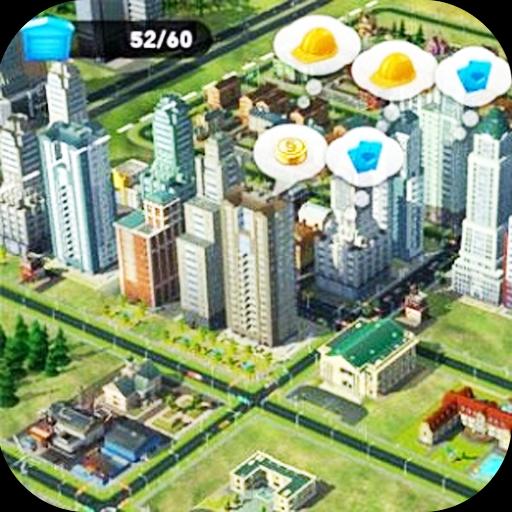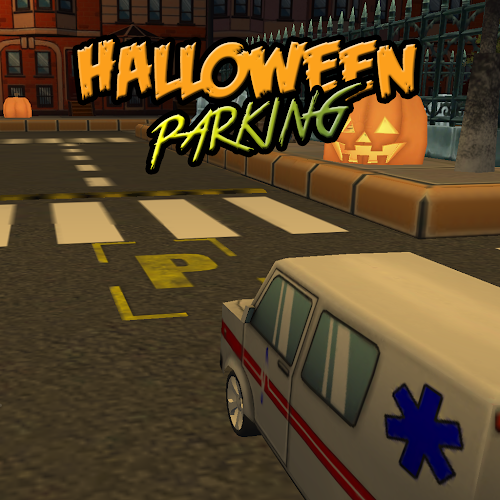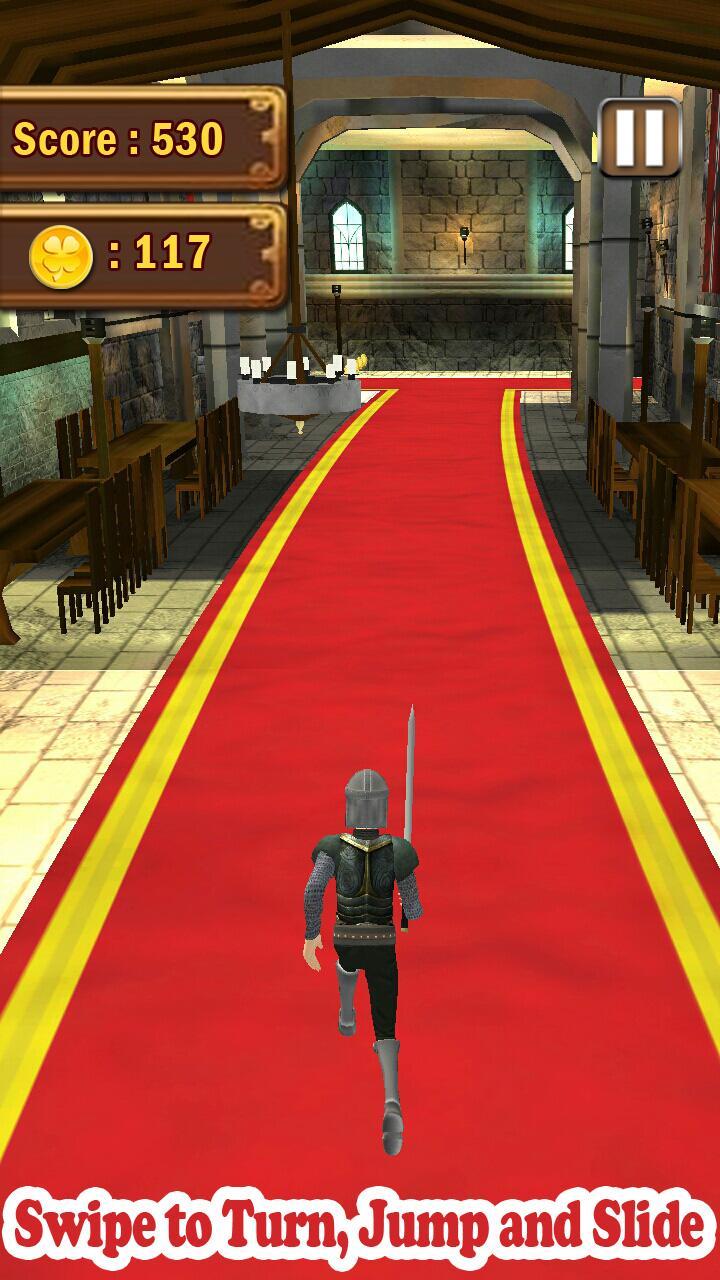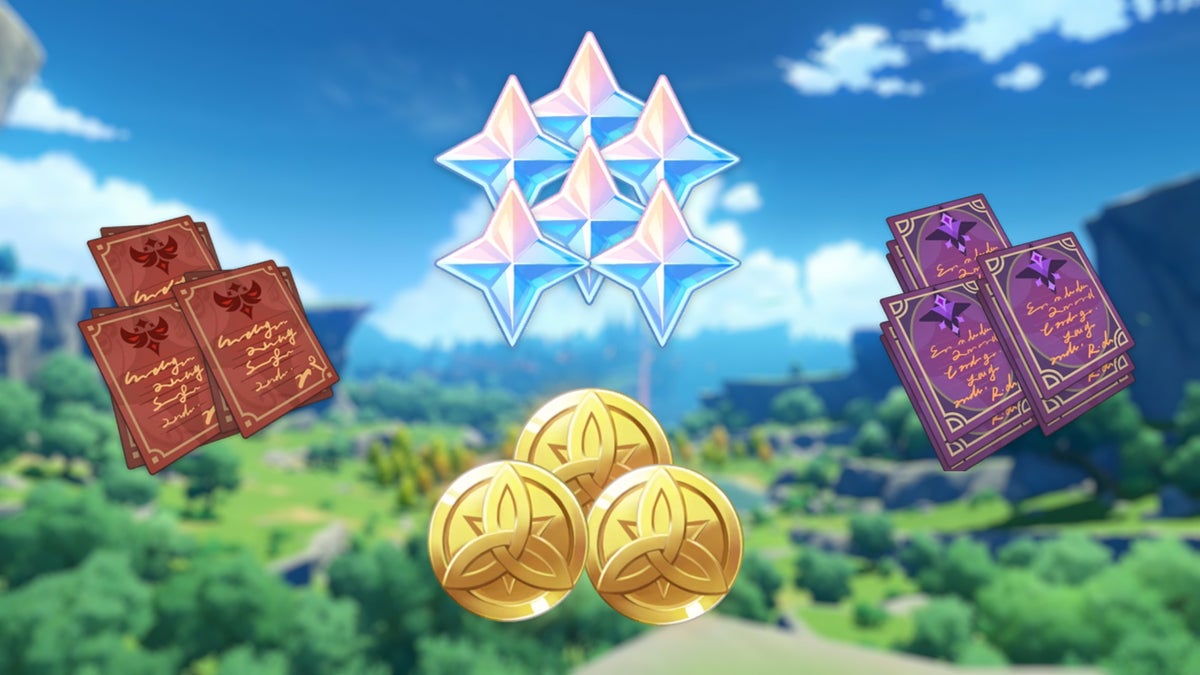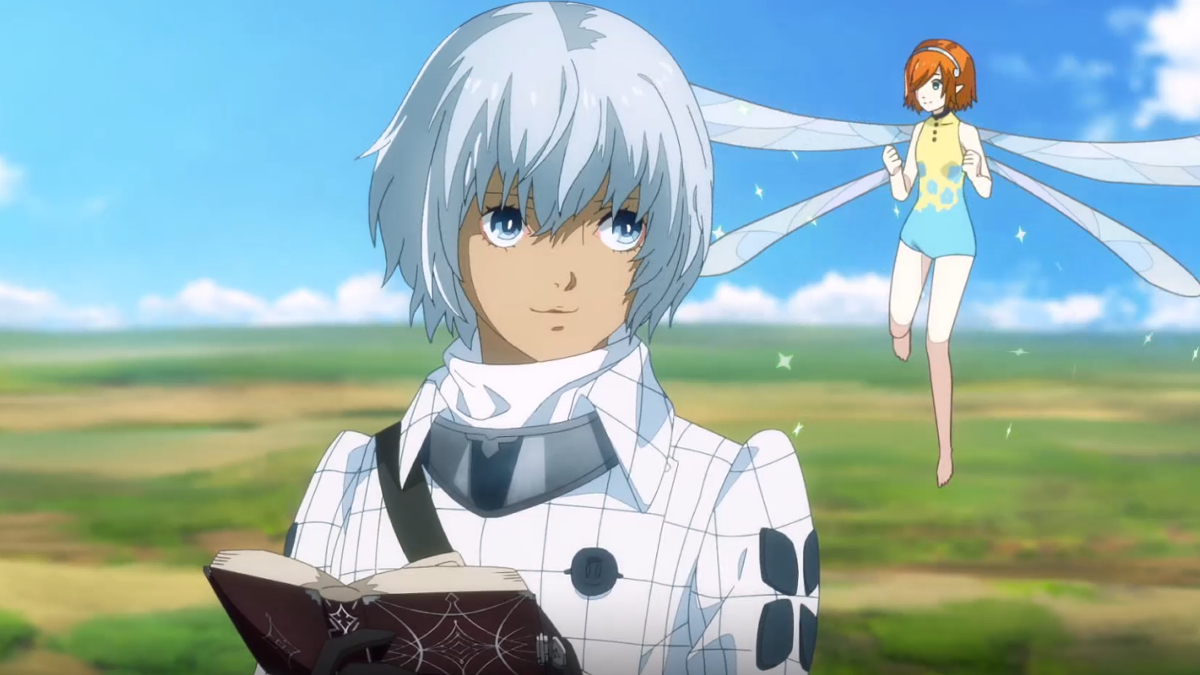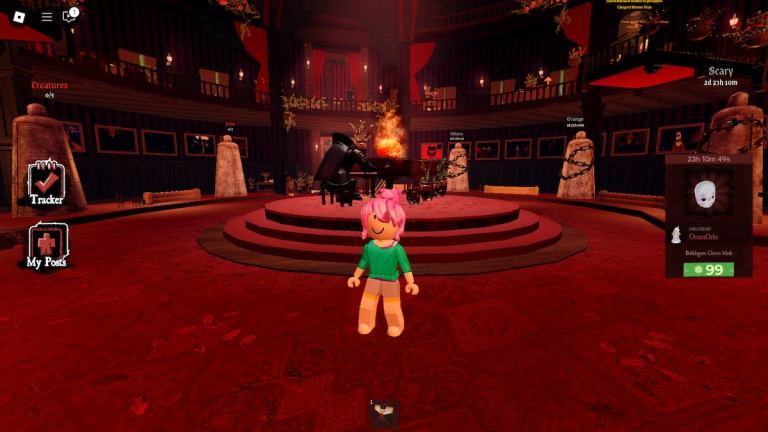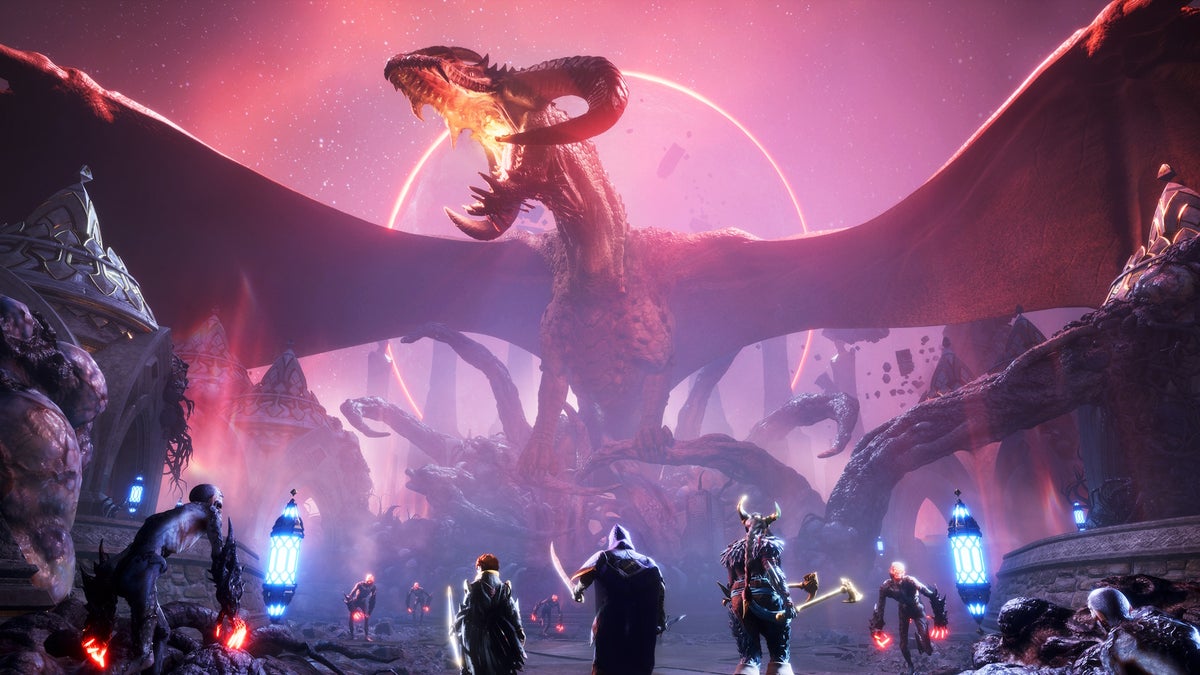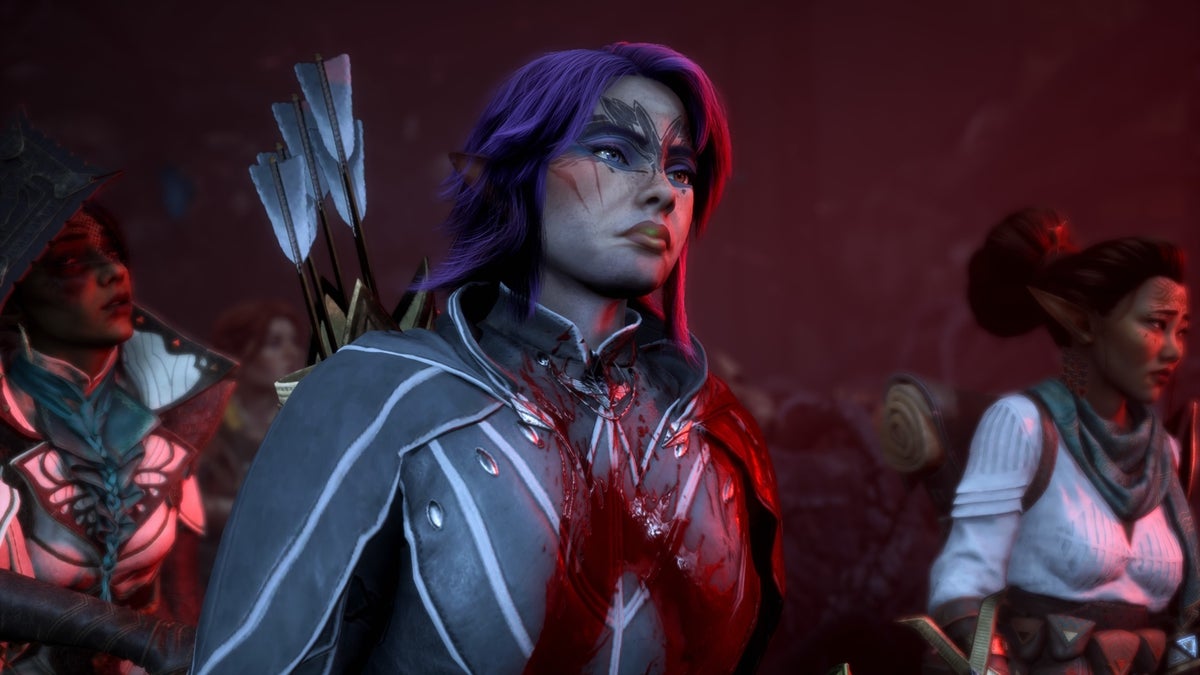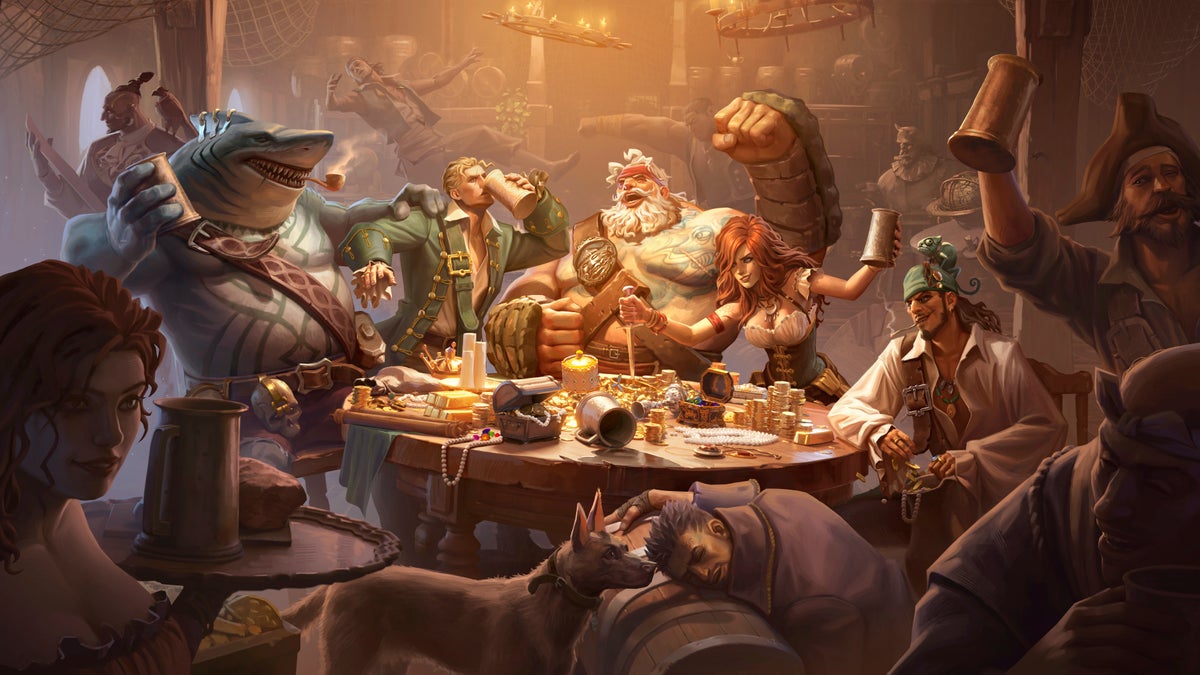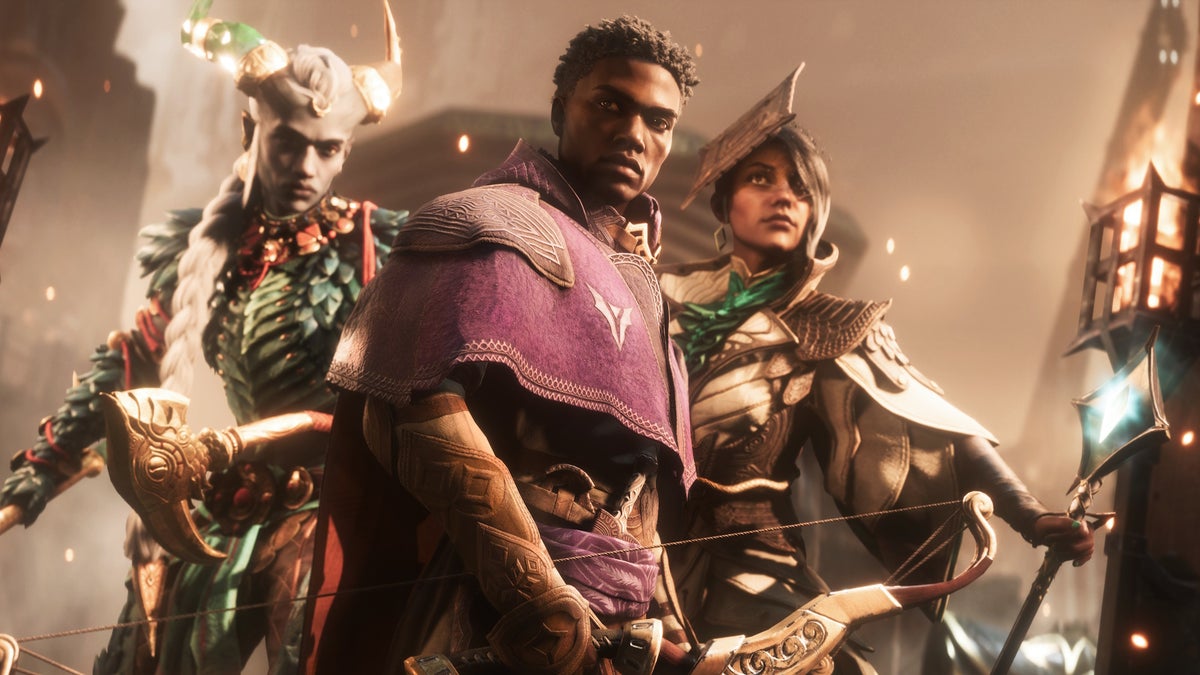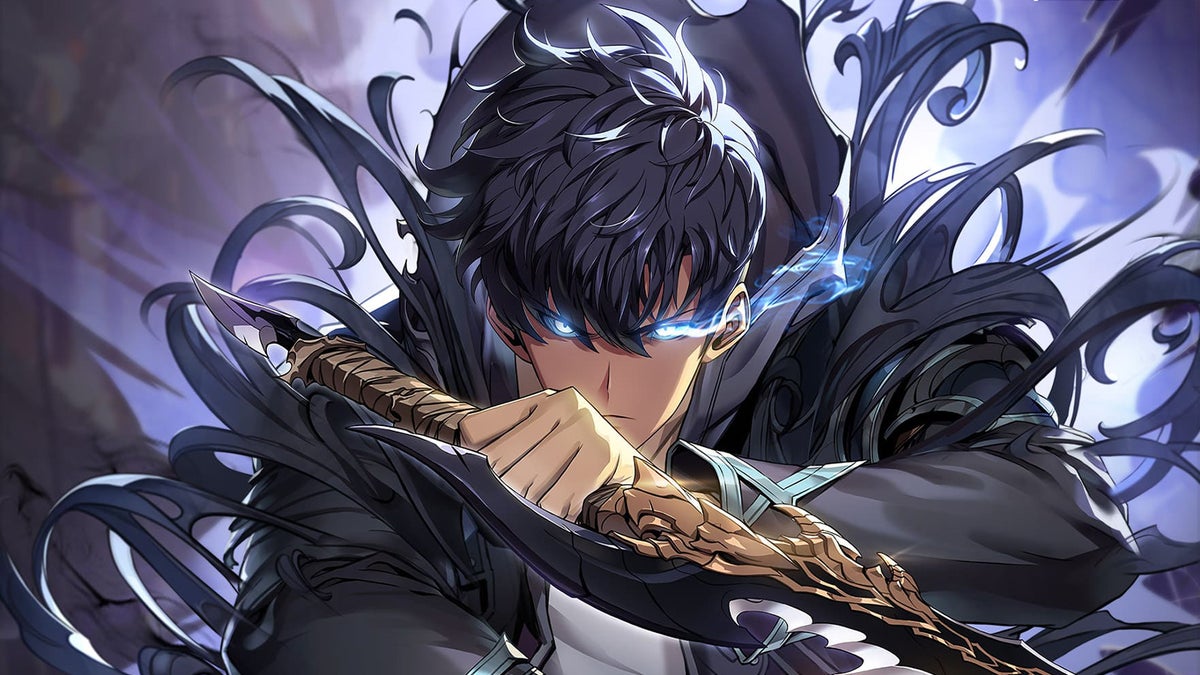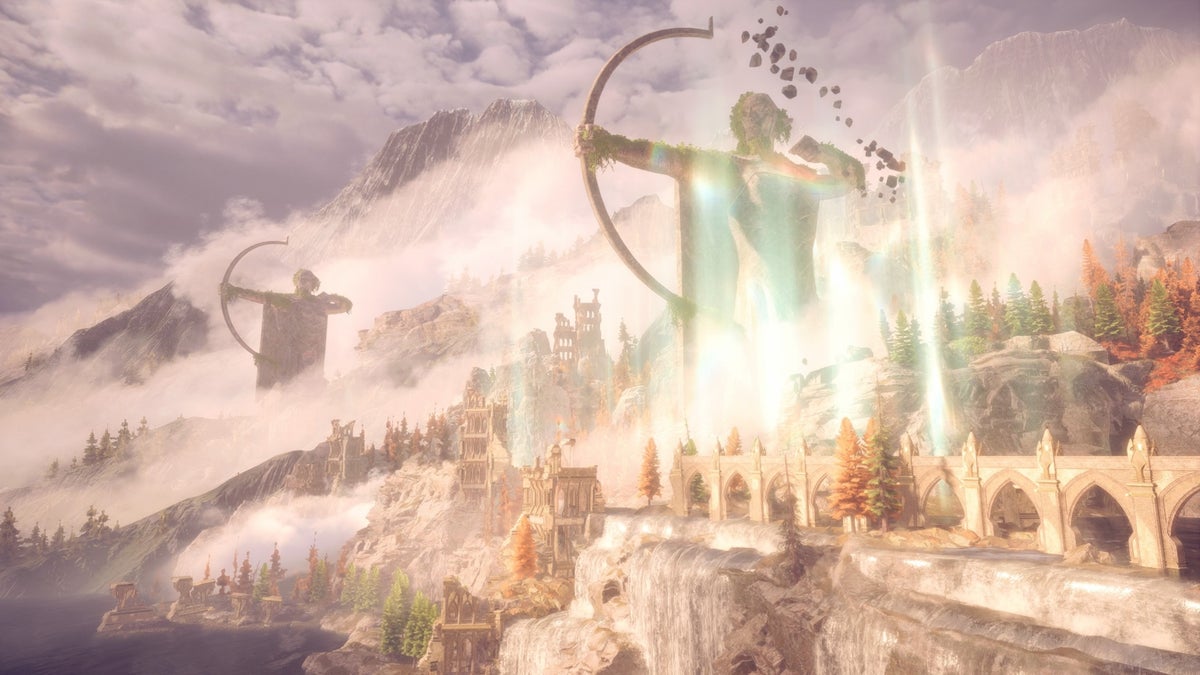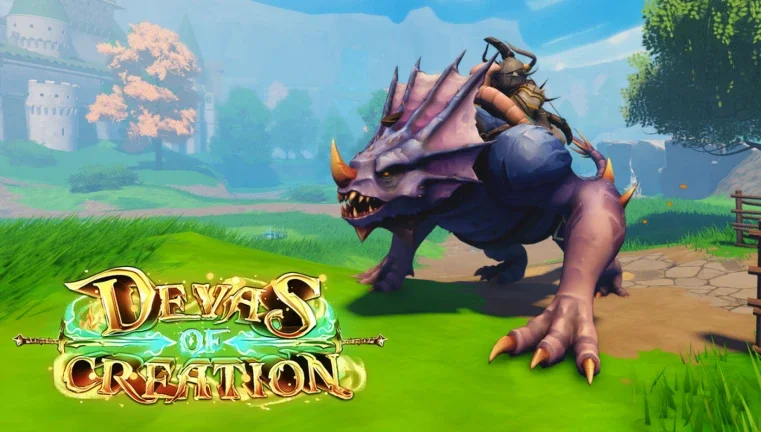Slitterhead is a game I want to like more than I do. สำหรับแนวคิดที่น่าสนใจทุกอย่างที่เกมเสนอผู้เล่นมันขัดขวางมันด้วยกลไกการเล่นเกมที่ดำเนินการไม่ดีหรือการนำเสนอที่ยุ่งเหยิง
When Slitterhead was first announced, I was excited, if only because of Keiichiro Toyama's involvement. The man has created some truly excellent games, like the original Silent Hill, the Siren series, and the excellent Gravity Rush duology. Most of those games are all-time classics in my eyes, so of course I was excited for Slitterhead. I knew the game wouldn't be as grand as other major video game releases, mostly due to its modest budget, but I still had hope for the best. And in those first few hours, it met my expectations.
The game has the player assume the role of a spirit known as a Hyoki. You don't have a name or your memories, but you know one thing – you want to exterminate creatures known as Slitterheads. Think of them like the creatures from The Thing. พวกเขากลืนสมองของบุคคลแล้วแทนที่พวกเขารักษาความทรงจำและบุคลิกของพวกเขา แต่พวกเขาก็บุกเข้ามาอย่างช้าๆไปตามถนนที่ได้รับแรงบันดาลใจจากฮ่องกงของเกาวลองและมันก็ขึ้นอยู่กับคุณที่จะหยุดพวกเขา Given that you're a ball of light, your options of fighting back are limited, but you do have one unique advantage. The Hyoki can hijack a person's body and use them to navigate the world and fight Slitterheads.

It's this concept that had me immediately interested in Slitterhead. Swapping between bodies is fun both in and out of combat. การไล่ล่าหัวของ slitters โดยการกระโดดข้ามร่างกายเป็นเรื่องที่น่าตื่นเต้นและละทิ้งศพเกือบจะควบคุมร่างกายที่มีสุขภาพเต็มรูปแบบทำให้การต่อสู้อย่างรวดเร็วและคลั่งไคล้ บทช่วยสอนยังแสดงส่วนประกอบของแพลตฟอร์มของมันโดยที่ Hyoki กระโดดออกจากอาคารเพื่อไปถึงระดับพื้นดินเพียงเพื่อสลับกับร่างกายบนพื้นเพื่อที่คุณจะไม่ได้รับความเสียหายจากการตก เมื่อการแลกเปลี่ยนเสร็จสมบูรณ์จากนั้นคุณก็ดูร่างกายที่คุณเคยอาศัยอยู่กับพื้นดินขณะที่พลเรือนตอบโต้ด้วยความหวาดกลัวต่อสิ่งที่พวกเขาเห็นว่าเป็นการฆ่าตัวตาย
The horror is subtle in the game, but it's mostly left to the player to think about. The game never dwells on any of these aspects and instead simply presents the Hyoki versus Slitterhead concept as is. It's fine enough but lacks any depth. เรื่องราวเพิ่งไปจากจุดหนึ่งไปยังอีกจุดหนึ่งและได้รับโครงสร้างการเล่าเรื่องหลวม ๆ ที่คุณเล่นกิจกรรมที่ไม่เป็นระเบียบมันทำให้ยากขึ้นที่จะมีส่วนร่วมกับเรื่องราวของเกม ถึงกระนั้นการนำเสนอของเรื่องราวก็ค่อนข้างขาดความดแจ่มใสโดยที่ฉากตัดส่วนใหญ่ประกอบด้วยแบบจำลองตัวละครที่ยังคงหมุนรอบสภาพแวดล้อม
And look, I don't have issues with budget games, but at points, Slitterhead just feels cheap. Characters models look ugly and barely emote, looking almost like a PS3 game. The limited presentation of the cutscenes makes it hard to follow what's even happening in the story. Enemy types are recycled and you'll be fighting them ad nauseum from the beginning of the game right up until the end. It's not that Slitterhead needed more time in the oven, but it needed way more resources to vary things up.

While the presentation leaves a lot to be desired, as a game, Slitterhead does have its moments. Taking control of random bodies is still fun and eventually you'll come across powerful humans called Rarities. Rarities have more health and unique abilities, allowing for more interesting combat opportunities. หายากที่ฉันโปรดปรานคือจูลีที่มีกรงเล็บและสามารถรักษาตัวเองและผู้คนที่อยู่รอบตัวเธอและอเล็กซ์ซึ่งมีปืนลูกซองที่ทรงพลังและความสามารถในการโน้มน้าวใจที่บังคับให้ศัตรูเข้าด้วยกัน ปัญหาคือสิ่งเหล่านี้เป็นสิ่งแรกที่คุณจะได้รับและความหายากในอนาคตอาจมีความสามารถในสถานการณ์มากขึ้นหรืออ่อนแอมากที่จะทำให้พวกเขาดีคุณจะต้องเทลงในคะแนนทักษะที่มีค่าซึ่งไม่สามารถจัดวางใหม่ได้
Combat has the potential to be fun though, especially if you're swapping between the two Rarities you're allowed to take into missions. การมีการดึง aggro หนึ่งครั้งและวางความเสียหายในขณะที่คุณเปลี่ยนไปที่หนึ่งไกลออกไปเพื่อรักษาและบัฟเป็นกลยุทธ์ที่แข็งแกร่งเช่นเดียวกับการควบคุมพลเรือนนิรนามที่จะโผล่ออกมาจากการโจมตีของศัตรูจากนั้นเปลี่ยนเป็นร่างใหม่ก่อนที่พวกเขาจะถูกฆ่าตาย It's never hard except when Slitterhead forces you to play as a character that you haven't been leveling up.
When you aren't fighting, you'll navigate a few small open-world areas to progress the story. Sometimes these take the form of linear stealth sequences, which are a drag, but other times these are mystery segments where you need to track down disguised Slitterheads. The game will guide you in the proper direction, but this usually involves talking to locals or tracking their position by observing what they're seeing, much like how sightjacking worked in Siren.

I loved these investigative elements, but they're not fully realized. While tracking a Slitterhead should be like a game of cat and mouse, the game will draw a huge amount of attention to who the Slitterhead is, whether it be panning the camera to them or having an option appear above their head to reveal their identity, something that only pops up for Slitterheads. Plus, given the relatively few environments you have available and the number of times you'll play through them, these segments lose their charm very quickly.
The biggest problem that Slitterhead has is once you've played the game for four hours, you've seen everything it has to offer. Combat doesn't get more complex and the mystery segments don't become more interesting. All you're left with is repetitive combat and a story that you'll quickly lose interest in because of how poorly presented it is. Again, those first four hours are fun because of how fresh and exciting the concepts Slitterhead wants to experiment with are, but then it just doesn't know what else to do with them.
After I finished the game after 12 hours, I couldn't help but think that I deluded myself into thinking that Slitterhead was better than it was. I wanted to like it, I honestly did, but after a certain point, goodwill can only take you so far. Eventually, you just have to accept a game you were looking forward to is actually bad.
